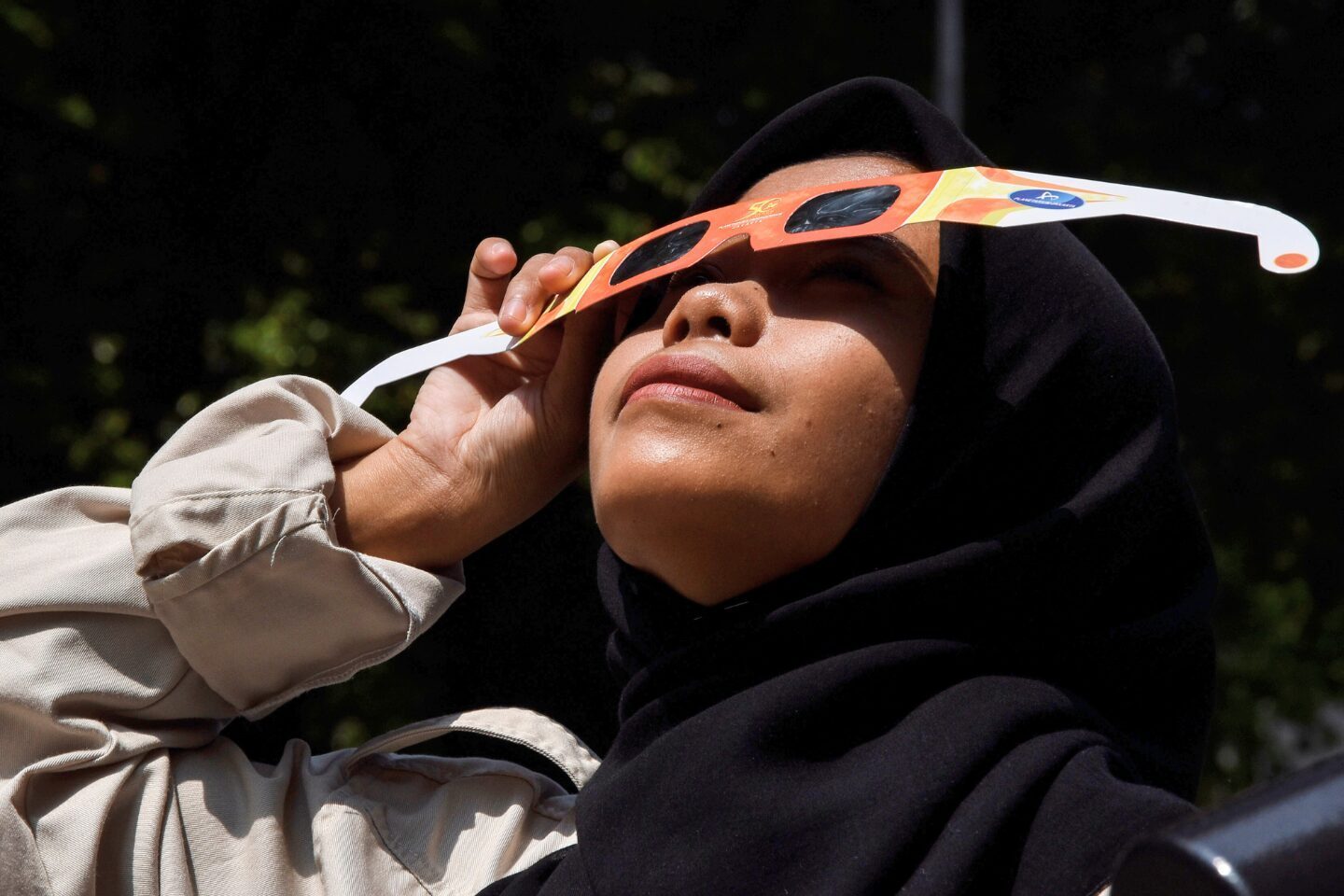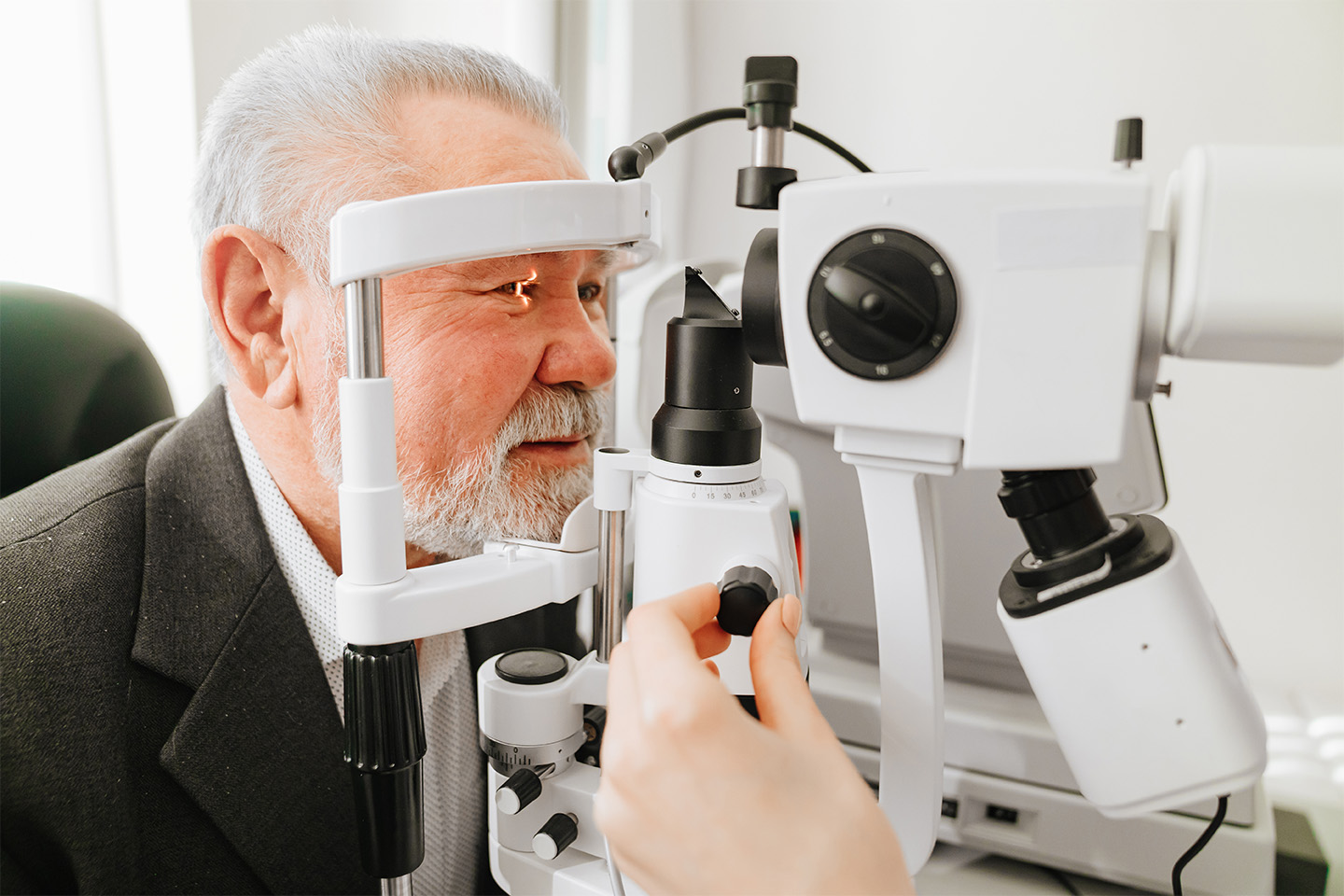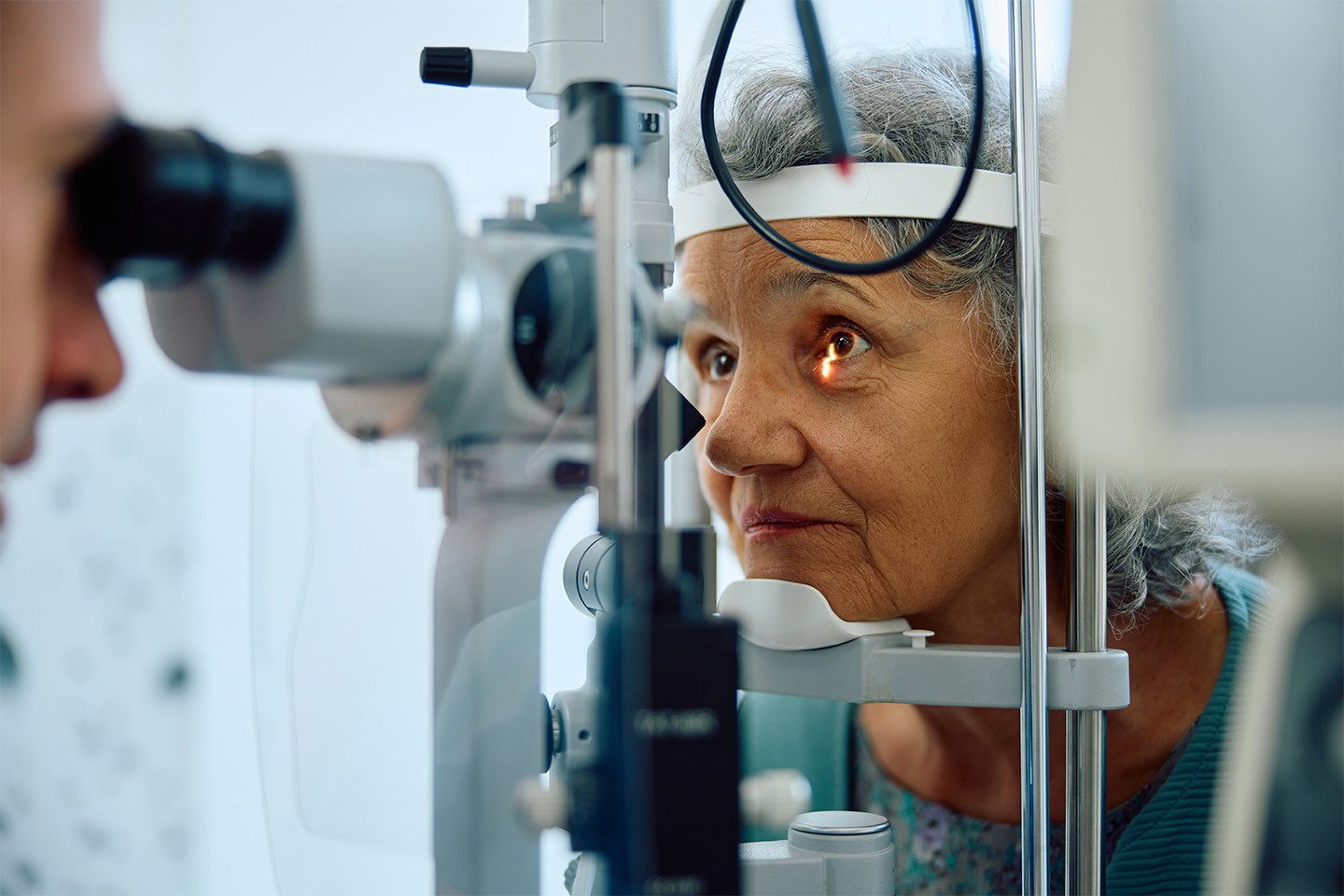Understanding Farsightedness and How LASIK Can Help

Squinting and straining to see the books and computer screens right in front of you before the age of 40 is a tell-tale sign of farsightedness. And while this common refractive error can be corrected using glasses or contacts, you may not want to feel bogged down by your corrective eyewear in every event when you need to read something. Thankfully, corrective eye surgery offers a long-term solution to farsightedness — but is LASIK one of those options, and is it an ideal choice for your complex vision? Continue reading to find out your options for vision correction.
What is Farsightedness?
For many people, there’s confusion around farsightedness and nearsightedness. Simply put, farsightedness means you can see objects that are far away, and nearsightedness means you can see nearer objects. Nevertheless, both are classified as refractive errors characterized by your eye shape and how light enters the eye.
Farsightedness, also known as hyperopia, occurs because the cornea is too flat or because the eye is too short. Proper curvature allows light to bend and hit the center of the retina to create clear images. However, with farsightedness, the light entering the eye comes into focus too far for the shortened structure. Instead, it focuses behind the retina rather than landing directly on it, making images blurry.
Is LASIK Good for Farsightedness?
Yes! LASIK surgery in greater Dallas is commonly used to address farsightedness, nearsightedness, and astigmatism by reshaping the cornea. In the case of farsightedness, a state-of-the-art laser is used to sculpt the sides of the cornea and steepen it so that light can focus directly on the retina to improve vision at various distances.
LASIK surgery has a 96% satisfaction rate, with about 99% of patients achieving 20/40 vision or better and 90% receiving 20/20 vision or better.
Can LASIK Surgery in Greater Dallas Treat Both Nearsightedness and Farsightedness at One Time?
Because refractive errors stem from the shape of the lens or cornea, it is highly unlikely that a patient will have both nearsightedness and farsightedness in the same eye. However, it is possible to have nearsightedness in one eye and farsightedness in the other. In these cases, your surgeon can provide appropriate adjustments in the respective eye to correct either problem.
During your consultation, the top eye doctors in greater Dallas will use advanced technology to examine the topography of your eye’s curvature and the extent of your impairment. In addition, a dilated eye examination will help determine the full extent of your farsightedness. The results from this analysis will then be programmed into our Wavelight Contoura suite, which uses 3D technology to provide custom results on each eye and correct your vision.
What Age is Ideal for LASIK?
LASIK surgery is FDA-approved for individuals 18 and older. Although, at this age, the eye is still evolving and maturing, which means that significant visual changes could occur even after the procedure.
Many eye doctors will encourage patients to wait until about 25 when the vision stabilizes. So, the ideal age for LASIK ranges from 25 to 40. If you start to develop symptoms of farsightedness after 40, then the issue may be attributed to presbyopia (age-related farsightedness). Presbyopia occurs due to a stiffening of the eye’s lens and cannot be fully corrected with LASIK alone.
While most refractive errors, including farsightedness, can be addressed with LASIK, not everyone is a candidate. No matter the cause of your refractive error or eye condition, top eye doctors in greater Dallas will work with you to build a custom solution using our range of equipment and expertise. Schedule a free consultation with Kleiman Evangelista to learn whether LASIK is the right choice for correcting your farsightedness.









